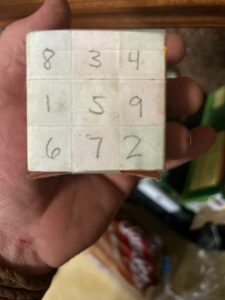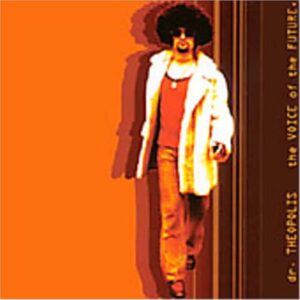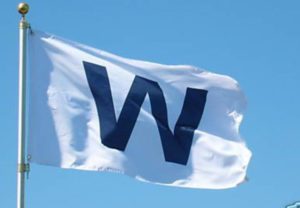 Long-suffering Chicago Cubs fans were finally granted a reprieve in 2016. The Cubs’ World Series victory — considered by many baseball watchers as one of the greatest World Series ever played — was the sweetest gift that the beautiful but troubled City of Big Shoulders could have received last year. As a life-long Cubs fan, I was in tears the moment of the final out. The Cleveland Indians had fought hard and played well, making for an even more dramatic series, but this was Chicago’s moment. And looking at the Cubs’ statistics and roster, we all knew with certainty that this was only the beginning. Yes, sir, the Cubs had formed a dynasty that would no doubt dominate the National League for years to come. And Joe Maddon — despite some slips during the Series (for which he was forgiven, of course) — was a genius, the perfect manager for a young and talented team.
Long-suffering Chicago Cubs fans were finally granted a reprieve in 2016. The Cubs’ World Series victory — considered by many baseball watchers as one of the greatest World Series ever played — was the sweetest gift that the beautiful but troubled City of Big Shoulders could have received last year. As a life-long Cubs fan, I was in tears the moment of the final out. The Cleveland Indians had fought hard and played well, making for an even more dramatic series, but this was Chicago’s moment. And looking at the Cubs’ statistics and roster, we all knew with certainty that this was only the beginning. Yes, sir, the Cubs had formed a dynasty that would no doubt dominate the National League for years to come. And Joe Maddon — despite some slips during the Series (for which he was forgiven, of course) — was a genius, the perfect manager for a young and talented team.
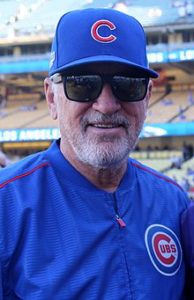
So what went wrong? Well, first I should note that the Cubs don’t exactly suck. They’ve been playing around .500 ball, so by that measure they’re an average MLB team. But Cubs fans love to complain, and complain loudly. Anyway, to answer the question, you can find plenty in the Cubs’ team statistics to see what’s going wrong. Both the hitting and pitching are worse this year than they were last year. The Cubs finished third in the MLB in 2016 in runs scored; so far this year, they’re 19th. They finished last year with the second-highest on-base percentage; this year, they’re 18th. In 2016, Cubs pitchers had — by far — the best ERA in the Majors (3.15); in 2017, they’ve dropped to 11th with a full run per game more (4.15). Opposing batters are now hitting .242 against Cubs pitching, compared to a measly .212 in 2016. You get the picture.
The question that these statistics don’t answer is: why? The club still has its core players from last year, both on offense and defense. The reasons are actually multiple.
1. The Cubs no longer have a true leadoff batter. Dexter Fowler was a leadoff batter par excellence in 2016. He was patient, drew walks, made good contact, hit to all fields, and took pitchers deep into the count. No one on the Cubs really fits that role as well as the switch-hitting Fowler did. The Cubs’ front office made no effort to re-sign him because they saw so much young talent coming up through the farm system that they figured they could save some money with the surplus of outfielders they had.
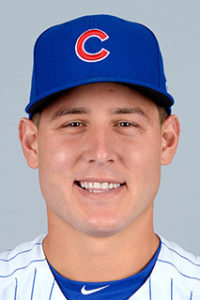
3. Maddon has made some bad decisions. Maddon’s strength is that he is a good coach and mentor to young players. He is not always the best strategist or tactician, though. Last year he got lucky more often than not; this year, his deficiencies have become more obvious. His most glaring blunder, in my view, was his decision to bat lumbering slugger Kyle Schwarber in the leadoff spot. At the end of last season, we all thought that the Cubs’ lineup would be stronger with Schwarber back in the lineup. But one look at this guy, who has the build of an NFL lineman, and one immediately thinks that he is the classic number four or five hitter; that is, a slow runner who can crush the ball out of the park — someone you want coming up to bat with runners on base. Schwarber was awful as a leadoff batter, but Maddon stubbornly stuck with his failed experiment for most of the first half of the season. Schwarber is batting a paltry .179. Maddon has also shown a propensity to yank starting pitchers too early (which usually leads to middle relievers like Justin Grimm blowing the game) unless the starter is Lester or Lackey, both of whom he leaves in too long.
4. The Cubs are last in the NL in hitting with runners in scoring position. This is partly because they had a slugger batting leadoff, but also because of an ever-changing batting order. Guys like reigning MVP Kris Bryant and Anthony Rizzo are hitting home runs with no one on base, and guys further down the order are not knocking in runners that get on base ahead of them. If only Maddon could settle on a more regular lineup (and perhaps move Bryant and Rizzo to the three and four slots, respectively), we might see more run production.
Despite these issues, there are reasons to be optimistic. Jason Heyward is hitting with much greater authority than last year (and remains one of the best right fielders in the game). Rizzo got off to a slow start, but has been on a tear over the past six weeks. The offseason acquisitions of Jon Jay (a superb contact hitter) and Wade Davis (an All-Star closer) were great deals. Willson Contreras is proving to be a good catcher who hits for power and plays with a passion. Ian Happ, brought up from Triple-A a few weeks ago, has demonstrated that he can hit Major League pitching. Albert Almora, Jr. has the potential to be a future Gold Glove winner in the outfield. And the Cubs just acquired starting pitcher José Quintana from the White Sox. Quintana has a strong record, has been on fire his last few starts, and will likely do even better in the National League.
And given that the NL Central has strangely become the weakest division in baseball (it’s strange when you consider the amount of talent in the division), the Cubs have a very good shot at winning it and going on the playoffs. And in the playoffs, as we all know, anything can happen.
Go Cubs!
– Robert “B.C.” Carlson
